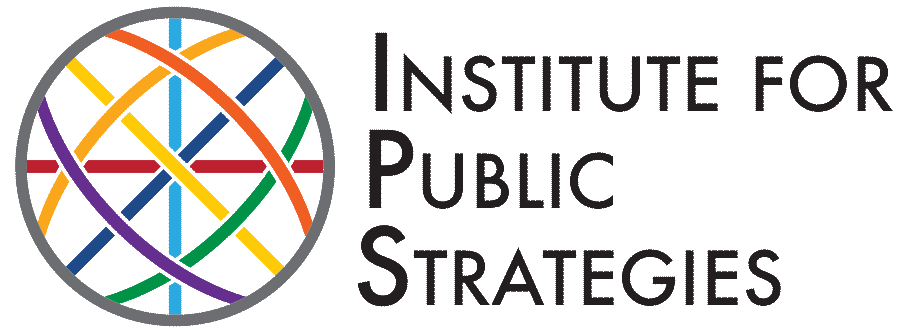Creating a Prevention Campaign That Works
Lessons learned from tobacco control hold value for future efforts
In 1880, James Albert Bonsack filed a patent on an invention that would eventually pit industrial growth against public health.
Bonstack’s invention could roll hundreds of cigarettes a minute, revolutionizing the tobacco industry and creating a product that would see thousands of percentages of increases in use over just a few short decades.
Tobacco industrialists saw tremendous potential for profit in this new, portable and cheap cigarette. This signaled the beginning of what would become almost a century-long campaign to sell consumers a highly addictive, highly carcinogenic product. And it worked!
Over 100 years since Bonsack filed his original patent, communities everywhere are still subjected to the fallout of the “smoking boom” of the 1900s, and new smokers are created every day through products like flavored tobacco and e-cigarettes/vaporizers.
But all hope is not lost. In the decades since, public health professionals have advanced policy and enforcement measures around tobacco, and have learned important lessons in the process.
Many early attempts to create tobacco prevention campaigns framed much of the issue as one of personal choice. Most of those campaigns regarded the individual smoker as the important unit of change, believing that if you can change the thinking of an individual through education and appeals to reason, then you can halt a behavior in an entire population. However, we have since learned this narrow focus has a very limited effect.
Instead, modern prevention strategies have shifted the focus from individual knowledge, behavior and attitudes as the “unit of change” to acknowledging the role of policy, systems and “environmental factors” in shaping individual behavior. In this context, environmental factors include factors like the way a neighborhood is built, the types of businesses that exist there, the amenities and spaces available to residents and even transportation. In tobacco prevention, it also includes the devious marketing tactics of Big Tobacco.
When focusing on these environmental factors, modern prevention campaigns focus on influencing policy to produce community-level change. Democracy at any level, from the local city council all the way to state and federal jurisdictions, plays a role. Focusing on policy, rather than individuals, provides resources for enforcement and maintenance of policies.
Despite the understanding that smoking was already a population-level health hazard, smoking prevention in the 1970’s and 80’s approached it as an individual choice; something for people to stop doing on their own.
It wasn’t until studies began showing the effects of second and even thirdhand smoke exposure (especially on children) that conversations about prevention began to elevate on a national level. In 1990 the federal government instituted its ban on smoking in airplanes for U.S. domestic flights, a policy which expanded worldwide thereafter. In the early 2000s, many cities and local jurisdictions in the U.S. began implementing indoor smoking bans, and as of 2018 nearly 30 states had totally banned the smoking of cigarettes indoors. These broad policy changes reflect efforts at the federal, state and local levels by public health professionals and advocates to create evidence-informed changes that promote healthy decisions and reduce access and exposure to harmful substances like tobacco.
Even now, initiatives like IPS’ Smoke-Free Multi-Unit Housing (MUH) project aim to implement smoking restrictions in residential spaces where secondhand tobacco exposure can impact people’s health, with a goal to implement transformative, equitable policy strategies that keep residences free of harmful tobacco smoke and other carcinogens.
As prevention efforts continue to hone in on effective strategies, one element remains consistent: community. Involving community members and welcoming their input instantly elevates any campaign, and is absolutely vital to creating sustainable change after a campaign’s conclusion. Prevention professionals have learned that it is important to work with community members to develop a plan that meets them where they are, to create a shared language with residents that embraces policy and systems change, and to invest in the capacity of the communities so that residents can continue this important work.
Efforts to reduce smoking-related problems are far from over. Despite successes like California’s recent successful ballot measure that will ban flavored tobacco products, issues with nicotine and tobacco will persist. Youth access and second-hand exposure are likely issues that will take decades of work to address. However, through the efforts of dedicated public health professionals—and with a lot of patience—we can learn from our successes and failures to bring strong, coherent campaigns that truly influence population-level change.
Let’s not let those lessons go up in smoke.



